Every year, on the Friday after Thanksgiving, the United States is excited about Black Friday, a shopping event that retailers and buyers look forward to. “Black Friday” was first coined in the 1960s after major retailers noticed a spike in sales after Thanksgiving.
Fast-forward to recent years, this event has evolved from a local shopping tradition into a global event, where consumers worldwide eagerly wait for the best yearly deals. Black Friday is a game-changer for businesses because it’s a chance to clear inventory and store space, reach millions of eager shoppers, and close the year strong.
Read on for our guide to making the most of this important yearly shopping event!
Table of Contents
How much do consumers spend on Black Friday?
Benefits of Black Friday sales
Terms associated with Black Friday sales
8 effective ways to boost your sales this Black Friday
Conclusion
How much do consumers spend on Black Friday?
Statistics show that consumers spent about USD 9.8 billion on Black Friday deals in a single day. According to Forbes, this sales event has significantly helped businesses increase sales on the big Friday and even in the new year.
The date for 2024’s Black Friday is November 29th, and shoppers usually search for the best prices for products like Jewelry, HDMI and HDR TVs, Apple devices, small appliances, sneakers, and men’s and women’s fashion.
Benefits of Black Friday sales
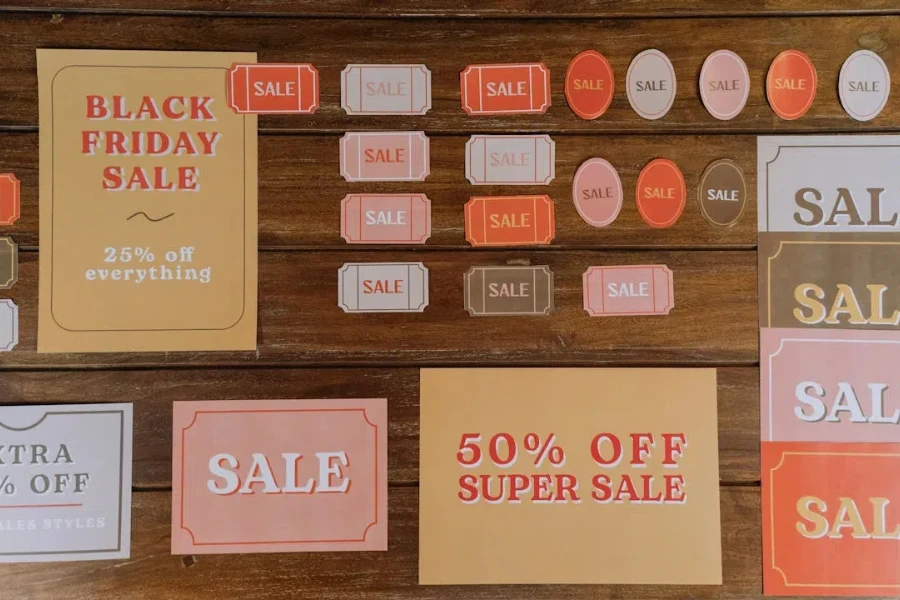
Huge spike in online shopping
Black Friday was only limited to in-store shopping until recent years when modern-day shoppers prefer to use their phones to purchase conveniently. This is a major win for online retailers as it gives a unique opportunity to reach customers faster through social media and paid ads.
Clearing inventory and managing stock
Retailers can clear out old TV models or other old products during sales and free up valuable warehouse space. Offering deep discounts on older stock can benefit industries with seasonal products or products that quickly become outdated.
Understanding consumer behavior and preferences
Black Friday helps retailers gather data from online shops on popular products and the best deals of the season. These insights can help your business determine how consumer preferences are shifting and help you tailor products to match consumer behavior.
Terms associated with Black Friday sales
Cyber Monday
Cyber Monday, created in 2005 as a digital counterpart to Black Friday usually occurs on the Monday after. This big event started in the United States and has gained popularity in Canada, Japan, and the United Kingdom.
Black Friday Cyber Monday (BFCM)
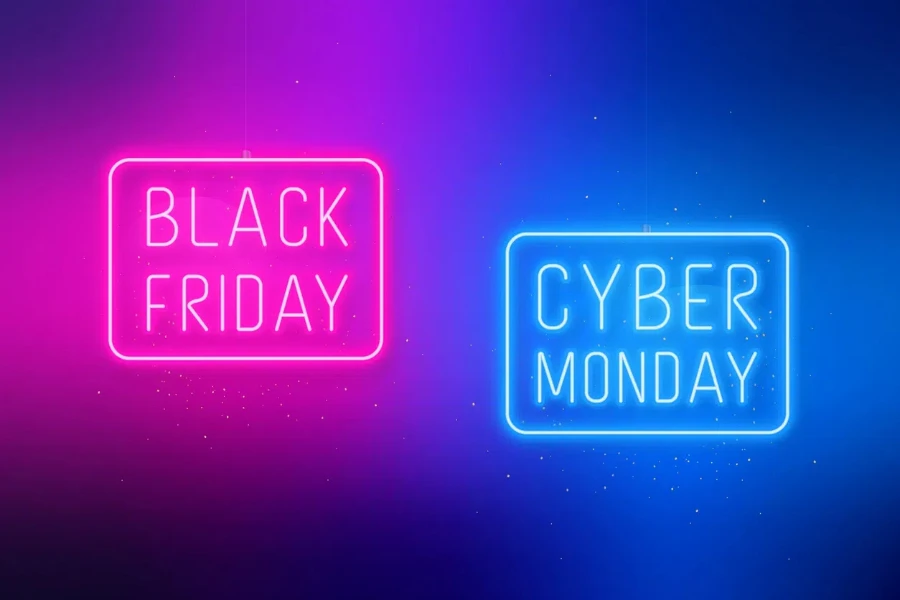
BFCM is the term used to describe the weekend of discounted deals from Black Friday through Cyber Monday.
Early Black Friday deals
Deals like this start dates before the Black Friday Sales to capture early shoppers. This trend has recently increased as Amazon retailers offer discounts the week ahead.
Singles’ Day
Single’s Day, hosted by Alibaba started as a celebration of single people but has become a day of massive sales. Alibaba Group expects to record double-digit sales growth this year as it prepares for the official date on November 11th.
Doorbusters
Doorbusters are exclusive deals available in limited quantities and at low prices to draw crowds into stores during Black Fridays.
Flash sales
These sales feature short-term discounts lasting only a few hours to create urgency among shoppers.
Limited-time offers
Limited-time offers are sales that run for a specific period during Black Friday to encourage shoppers to take advantage of the best prices before the deal expires.
8 effective ways to boost your sales this Black Friday
1. Track consumer trends and preferences

If you understand consumer behavior well enough, you’ll be on the road to maximizing Black Friday sales. Track what products consumers look for and use this information to stock items that will appeal to your customers during the holiday season.
You may use tools like Google Trends to check for the most searched items. Streamline the data using demographics to know exactly what your target audience is searching for. Stay updated with trends in fashion, Apple devices, new TV models, home improvement, games, and seasonal home goods.
2. Plan your business shopping list
Now that you know what your customers are searching for, create a detailed shopping list dates before the sales. This will help you prioritize and stock the right items that meet their needs. Analyze what has sold well in recent years by looking at what major retailers like Amazon promote as their best Black Friday deals and use data effectively.
3. Optimize website for mobile
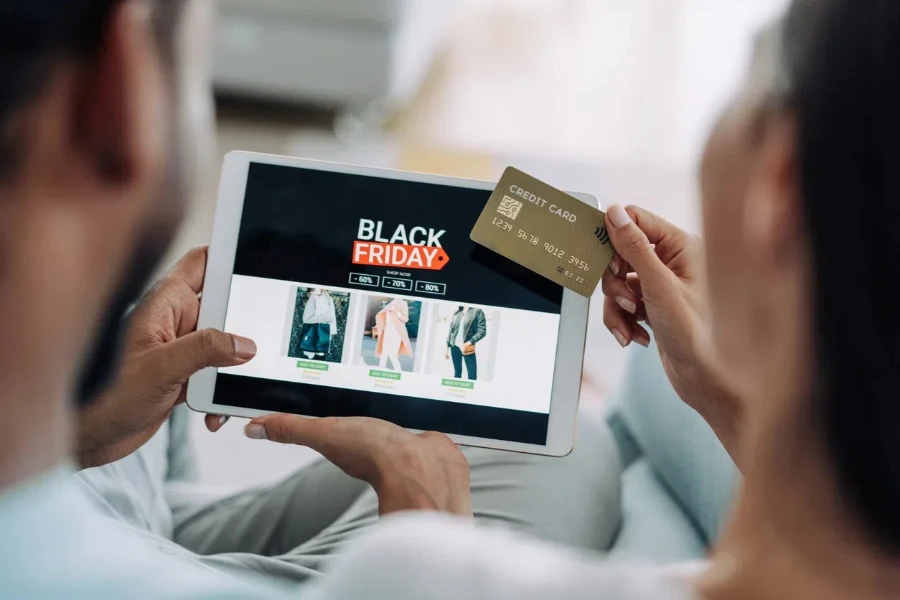
According to Forbes, 74% of BFCM sales come from mobile devices. Shoppers who check out deals are more likely to browse websites and purchase from their phones. A slow, unresponsive, or hard-to-navigate webpage can lead to lost sales.
To capture this audience, ensure your website’s layouts automatically adjust to the user’s device, whether phone, laptop, or tablet. Also, check out for convenience in the add-to-cart and checkout process. Run tests to ensure your site’s performance is smooth for users on different devices and screen sizes.
4. Prepare for high traffic with tech readiness
A sudden surge in website traffic can crash an unprepared website. Test-run your website before the busiest shopping day of the year to ensure it can handle large amounts of traffic during the Black Friday sales. Ensure you have backup servers you can switch to in case of crashes.
5. Utilize social media for awareness

Research shows that 75% of respondents will shop online this Black Friday and half of that percentage will seek deals on social media. Creating a buzz around your offerings and engaging with your audience is a solid marketing strategy that keeps you at the top of buyers’ minds.
Build anticipation through email marketing, social media campaigns, and online ads. This will help to effectively communicate your best Black Friday deals, drive traffic to your site, and keep your customers eager to buy your offerings on the big Friday.
6. Maximize social proof and reviews

Online retailers can earn shoppers’ trust during big sales by showcasing testimonials, reviews, and recommendations from previous users of their products. Feature customer reviews to boost the credibility of your products. Also, leverage User-generated content and influencers to add a layer of trust to your brand and expand your reach.
7. Partner with trusted suppliers and brands
When preparing for Black Friday deals, it is important to partner with reliable suppliers with a track record of delivering high-quality products. Order from trusted stores like Alibaba.com and Amazon to keep your supply chain intact and prevent delayed shipments or stock shortages.
8. Run early Black Friday promotions

Although time zones may differ, many Black Friday shoppers start early, with store hours as early as 5 am. The success of early Black Friday deals also proves that online shops don’t need to wait for the official Black Friday date to kick off sales. Run Flash Sales and limited-time offers to generate excitement early and reduce some competition on the big Friday.
Conclusion
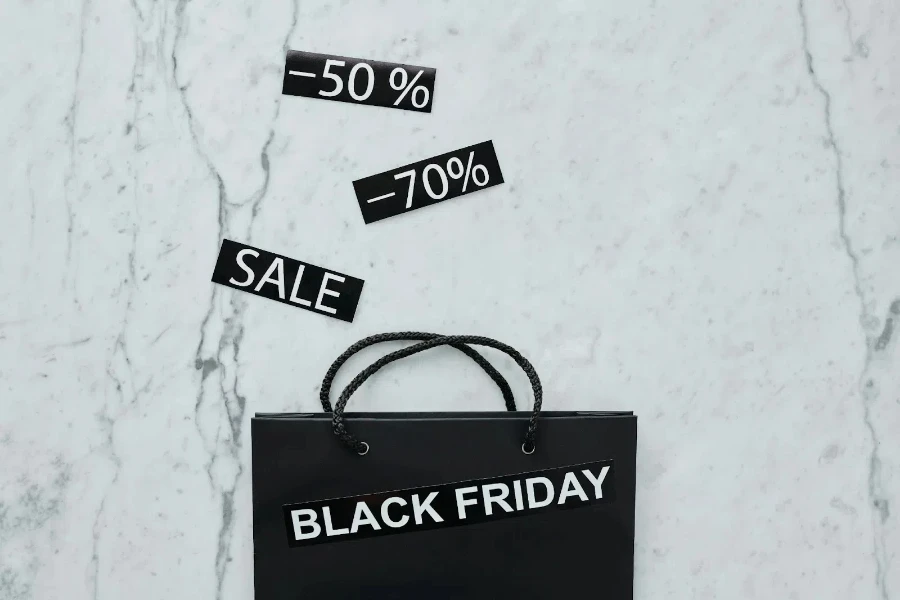
Black Friday remains a big holiday event, especially in the United States, and its relevance has grown with the rise of e-commerce and mobile shopping. For retailers to benefit from this sales opportunity, adapting to these trends will keep your business competitive.
Tracking how customers engage with Black Friday deals online, such as browsing times and buying habits, can help your business make data-driven decisions in the future. As consumer behavior changes, retailers must embrace new effective strategies to generate sales during Black Fridays and other holiday seasons.
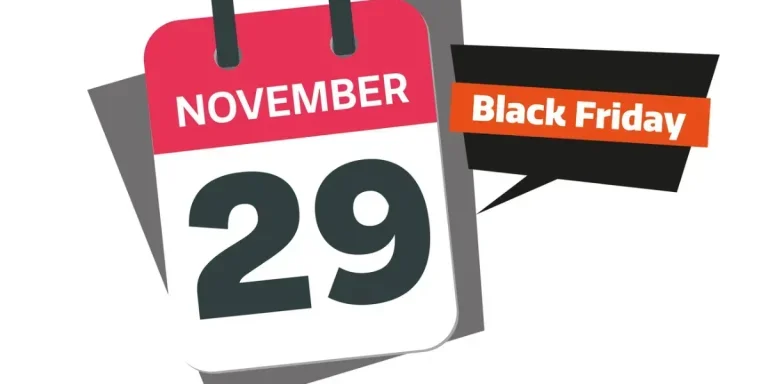




 Afrikaans
Afrikaans አማርኛ
አማርኛ العربية
العربية বাংলা
বাংলা Nederlands
Nederlands English
English Français
Français Deutsch
Deutsch हिन्दी
हिन्दी Bahasa Indonesia
Bahasa Indonesia Italiano
Italiano 日本語
日本語 한국어
한국어 Bahasa Melayu
Bahasa Melayu മലയാളം
മലയാളം پښتو
پښتو فارسی
فارسی Polski
Polski Português
Português Русский
Русский Español
Español Kiswahili
Kiswahili ไทย
ไทย Türkçe
Türkçe اردو
اردو Tiếng Việt
Tiếng Việt isiXhosa
isiXhosa Zulu
Zulu